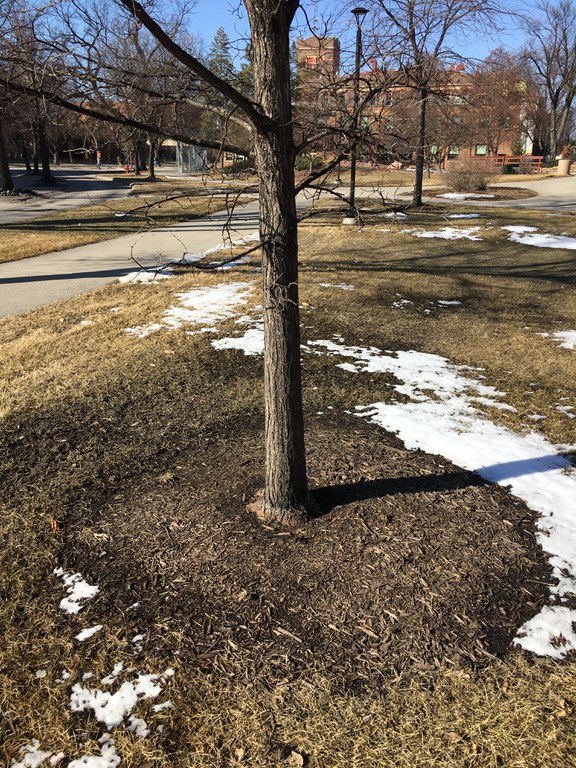Drought and Trees: What to Expect and What to Do
The drought that began in 2020 will likely have a number of indirect effects on trees in 2021. While trees are generally able to respond to variable rainfall, drought creates a stress that exacerbates other problems. Specifically, trees that were already stressed by some other issue, like poor soils or insect infestation, are likely to decline even more following a drought. Trees that went into the drought in good shape will be stressed and may become more susceptible to disease problems or other pests.
The simplest management approach for relieving drought stress in trees is supplemental watering. There are no hard-and-fast rules for irrigation, but instead there are broader recommendations.

- Water every 10-14 days, but only if there has been no rainfall in that time.
- A long and slow soaking at the outer edge of the drip line (the area shadowed by the tree crown) is better than multiple short doses of water.
- Water until the soil is moist, not saturated.
- Do not use saline water for irrigation as it may make drought conditions even worse.
Another approach to managing drought stress in trees is to reduce competition for water. Many approaches can be taken to minimize competition:
- Mulch around the trees using 3-4” of wood chips, tree bark or other organic mulch. Go as far as you are comfortable with – even as far as the drip line. Keep mulch 3-6” away from the base of the tree.
- Weed barrier fabric can be used a non-organic mulch.
- Mow grass and other weeds around trees.
- Kill grass and weeds by cultivating to a depth of 1”.
- Kill grass and weeds by applying appropriate herbicides.
Extreme care must be taken with the last two methods. Cultivating too deep can damage tree roots, causing worse problems. Cultivation is normally used only in establishing shelterbelts. For herbicides, those that can kill or damage broadleaf weeds can also kill or damage broadleaf trees if applied improperly.
Overall, supplemental watering, especially when summer conditions are hot and dry, and the use of wood chip mulch, will go a long way to helping trees remain healthy and better withstand dry conditions and common pests. Many trees have survived extreme droughts in the past. With a little help, trees can survive and thrive.
Written by Joseph Zelenik, Extension Forester.
